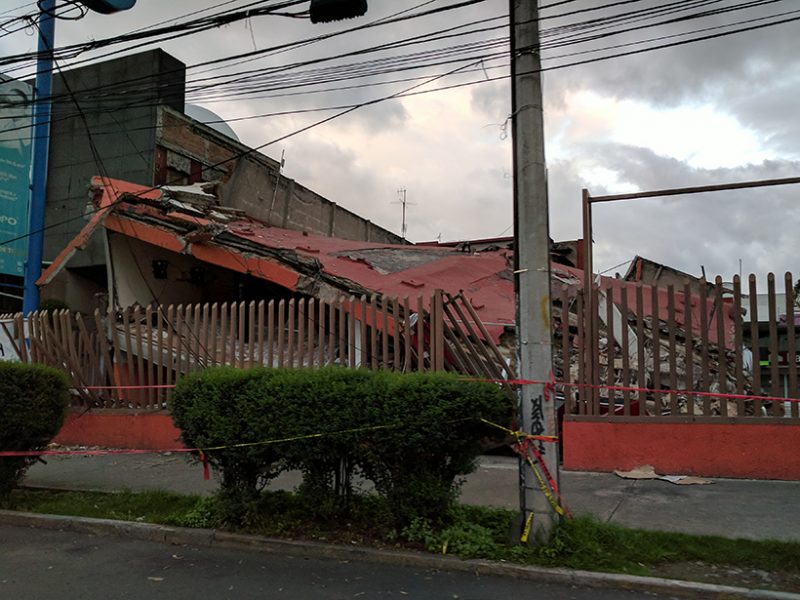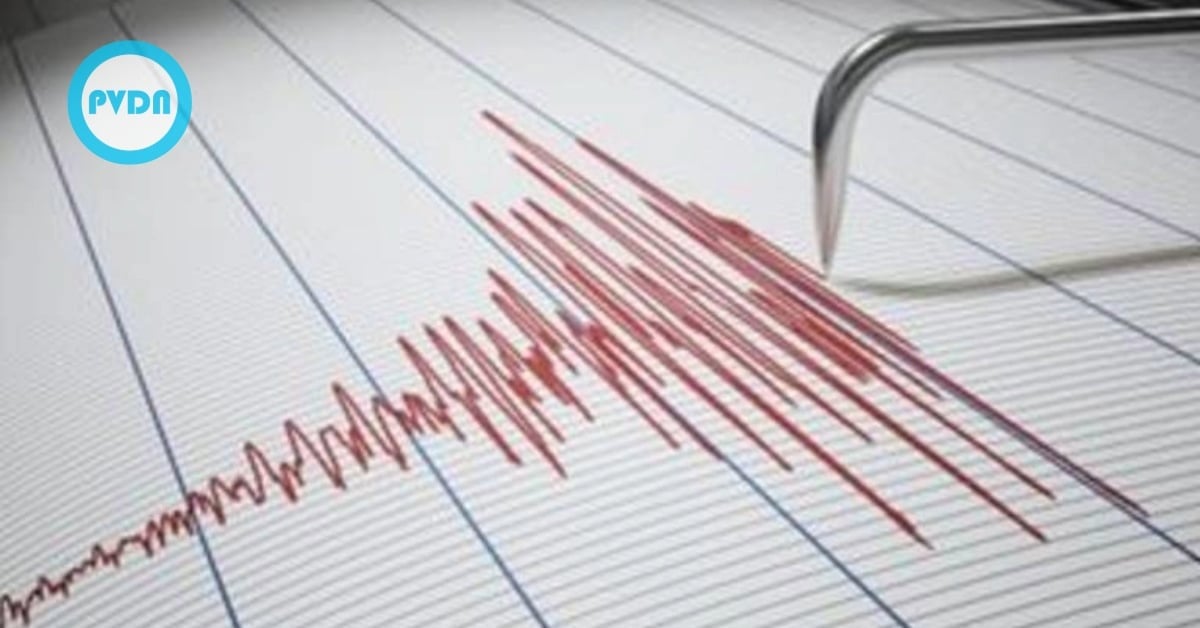Rubble from a collapsed building crushed a car in the Xochimilco borough of Mexico City following the M 7.1 Puebla earthquake on 19 September 2017. This and other earthquakes that followed soon after triggered an early warning system. What lessons do these early warnings and eart…



